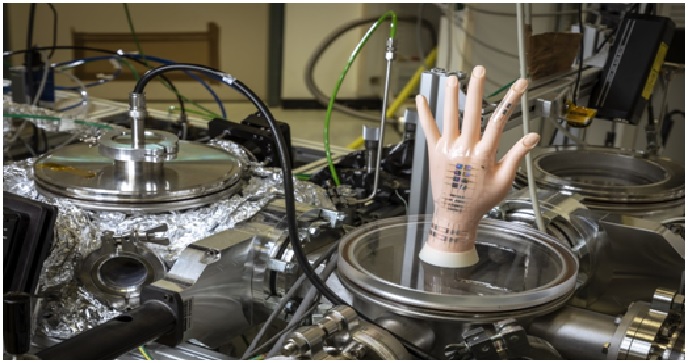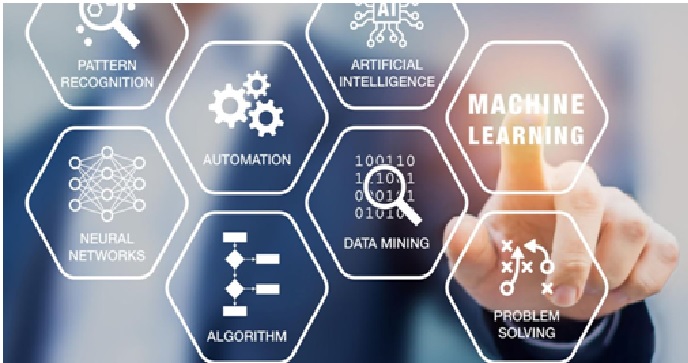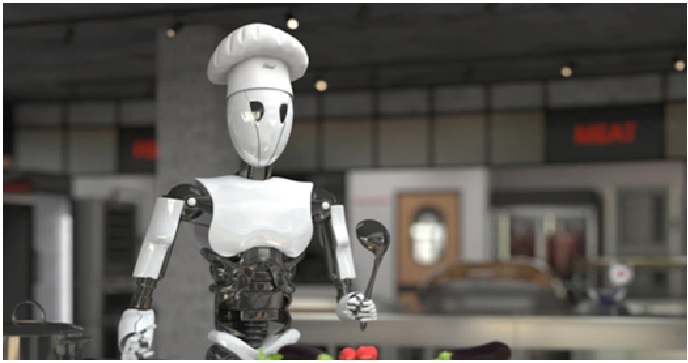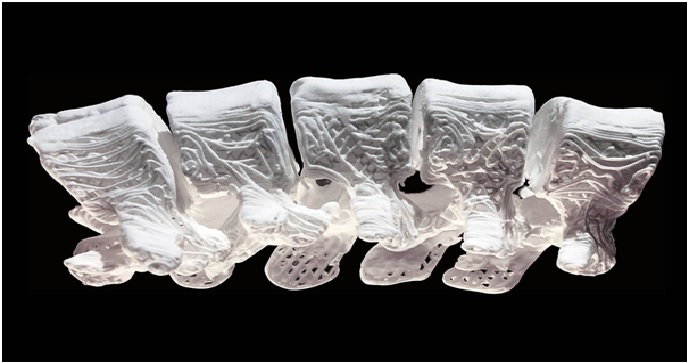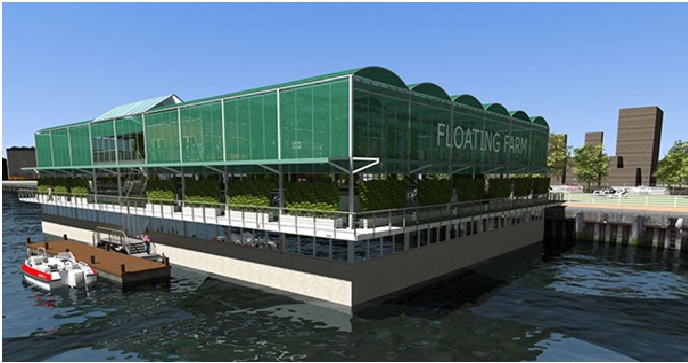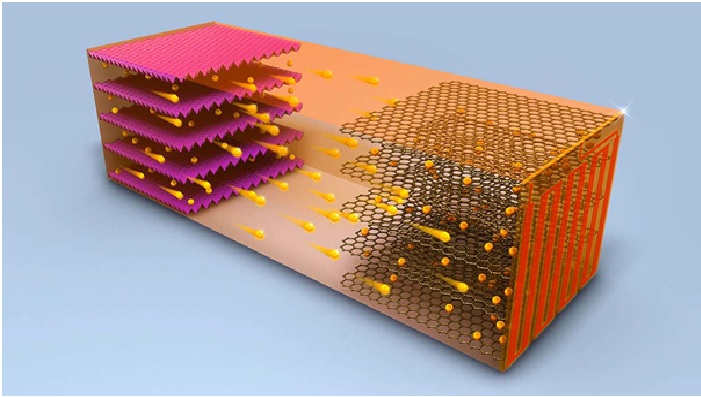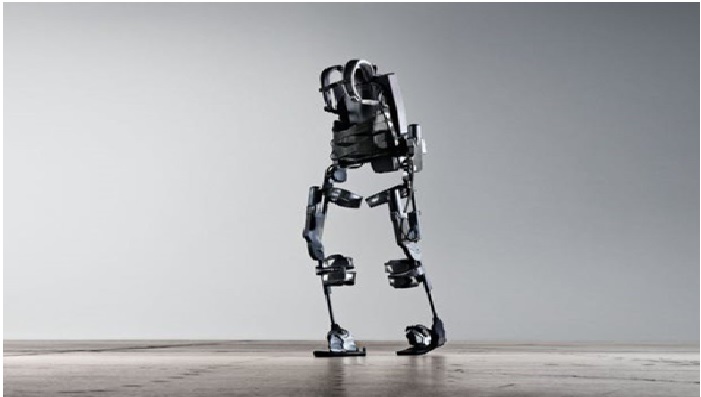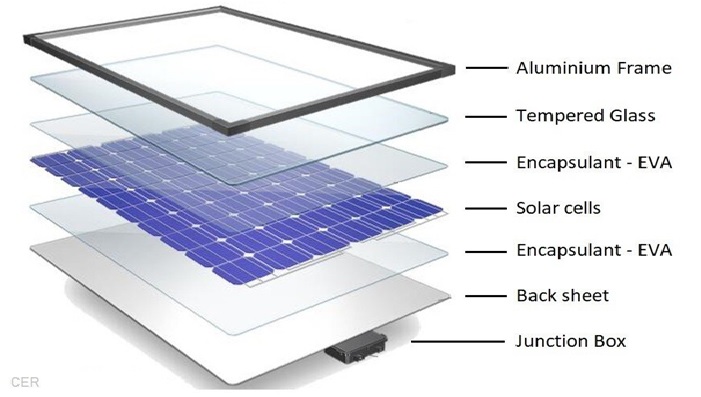The Future of Man’s Best Friend: Robotics Dog
Researchers at University of California, Berkeley have developed a four-legged robotic dog known as ‘mini cheetah’ fitted with a laser mapping system, cameras, and sensors to safely guide the visually impaired on the streets. [1] The autonomous AI robot dog could safely commute its handler through cluttered, narrow paths and obstacles just like a real canine, which needs training investments.
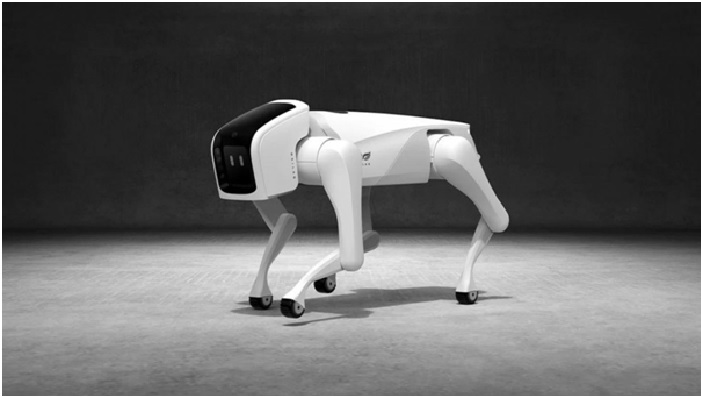
Figure 1. The Robotics Dog [2]
Scientists in the US introduced the quadrupedal robot dog with a leash to enable the robot-guiding human system to change its intrinsic dimension (by letting the leash go slack) in order to fit into narrow spaces. A prototype successfully guided a blindfolded person in a confined space without hassle. The figure 1 shows the robotics dog.
Therefore, with progress in robotics, scientists came up with the idea of designing a robot dog that could guide blind humans with a leash that can be used as a taut to guide the motion of the handler. The technology uses a hybrid human-robot interactive framework, wherein a blind person will be guided by the robot and move in the direction of the force applied by the leash when the leash is taut. Moreover, when the leash is slack, the human will not feel any force in the leash and thus will not move.
Guide dogs are very useful to people who are blind or have low sight, of that there is no doubt. But they have their limitations. The first is that it takes a lot of time and money to train a dog, leaving many people on long waiting lists or unable to afford them at all. Another drawback with guide dogs is their inability to read a map and then use it to navigate to a desired location. In this new effort, the researchers have developed a robot dog that is able to carry out the duties of a live guide dog as well as provide additional services.
It is able to walk on four legs and comes equipped with lasers and cameras that allow it to map out nearby terrain. [3] It also comes with a computer brain to use what it sees to walk around while avoiding collisions with objects and to walk a predetermined course. The researchers added a leash to the robot and a human tracking depth camera. The depth camera is needed to provide location information to the robot dog concerning the human that it is leading. The robot and the person work together to move from one location to the next. First, a map describing the path that the dog is to take is downloaded to the robot dog. The map also includes terrain details to help the pair get where they want to go. Then, finally, the human grabs hold of the leash and the pair begin walking.
“The goal of many non-sighted people is to be independent and live a normal life but unfortunately, many who endure vision loss feel excluded from situations and activities which many people take for granted, [4] such as socializing, shopping or going to restaurants,” says Camu. “Such limitations are usually formed due to the fear and anxiety associated with having a partial understanding of the surroundings. Theia has the capacity to expand a blind person’s comfort zones and possibilities, broaden their horizons and allow them to think less about walking and more about what’s waiting for them at the end of the route.”
References:
- https://www.republicworld.com/technology-news/science/robotic-guide-dogs-could-help-visually-impaired-people-navigate-the-world-heres-how.html
- https://www.euronews.com/green/2021/04/23/meet-the-robot-dog-looking-to-replace-man-s-best-friend
- https://techxplore.com/news/2021-04-laser-equipped-robotic-dog-people.html
- https://newatlas.com/robotics/theia-blind-handheld-robotic-guide-dog/
Cite this article:
Vinotha D (2022), The Future of Man’s Best Friend: Robotics Dog, AnaTechMaz, pp.103


